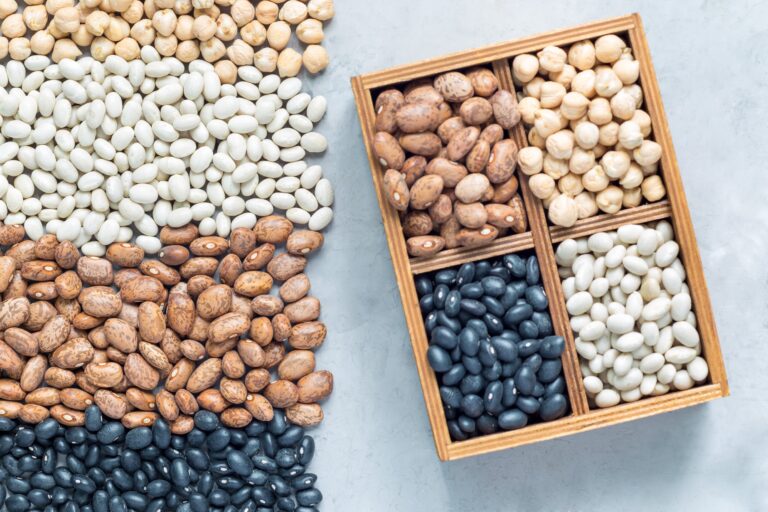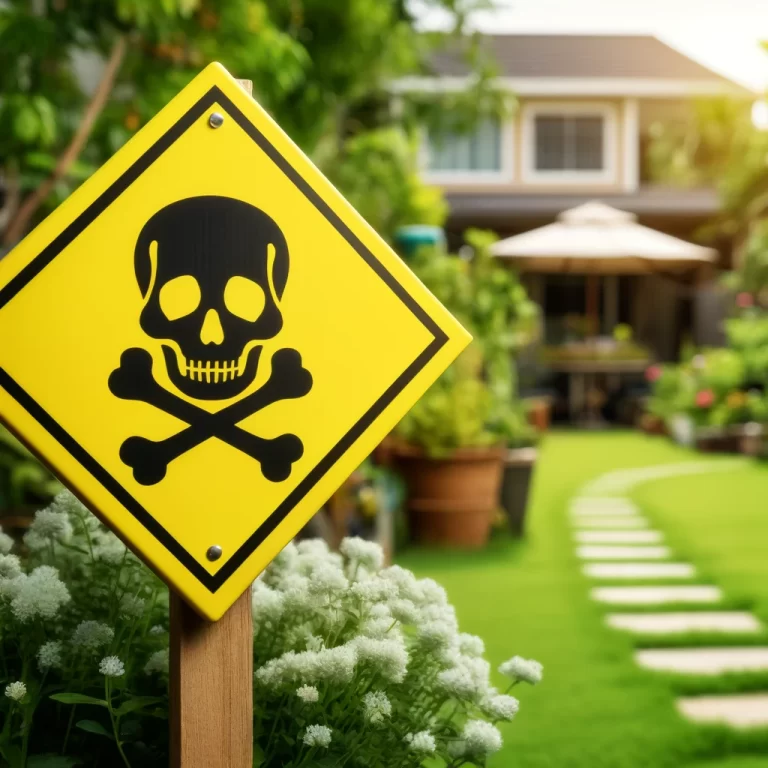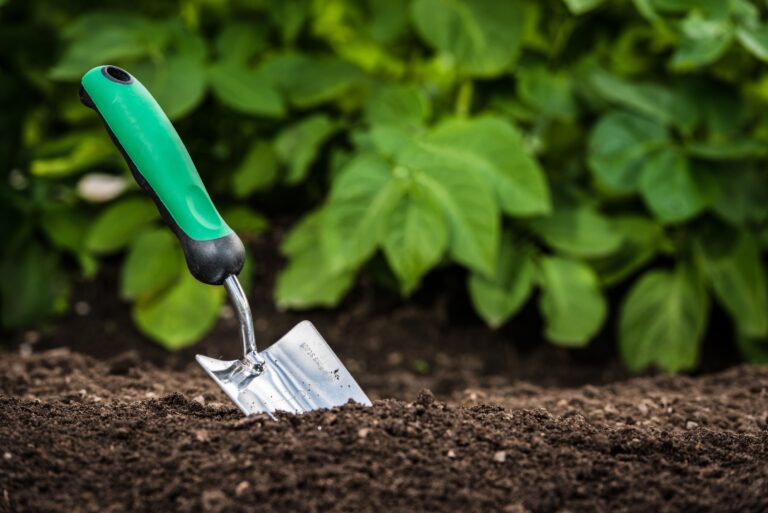Neem oil, derived from the seeds of the neem tree, has gained popularity as a versatile solution for plant care. As gardeners and farmers seek natural and effective ways to maintain plant health, neem oil offers numerous advantages. This article explores the benefits of neem oil for plants, highlighting its role in pest control, disease…
planting
5 Compelling Reasons to Purchase Seeds Over Harvesting from Fruits
In the world of gardening, the choice between purchasing seeds and harvesting seeds from fruit can significantly impact the success of your planting season. While harvesting seeds from fruit may seem economical and sustainable, there are several compelling reasons to purchase seeds instead. This approach offers advantages ranging from genetic quality to ease of use,…
The Poison Garden: 10 Plants You Should Never Put In Your Garden
In the tranquil embrace of a garden, nature unfurls in a kaleidoscope of colors, fragrances, and forms, inviting an intimate dance with the botanical world. Yet, lurking within this verdant paradise, a darker narrative unfolds, one where beauty masks danger and allure cloaks peril. This narrative is the essence of the poison garden, a term…
The Dark Side of Gardening: 14 Common Mistakes That Can Ruin Your Garden
Gardening is a beloved hobby for many, offering a sense of peace, accomplishment, and connection to nature. However, even the most well-intentioned gardener can fall prey to common mistakes that have the potential to turn this rewarding activity into a source of frustration. Understanding these pitfalls is crucial to maintaining a healthy, vibrant garden. This…



